Chinese and Western Painting Art Differences and Collection Concepts
- OGP

- Oct 15, 2019
- 6 min read
Updated: Oct 8, 2022
By OGP Reporters / Members Contribute File Photos
Oh Good Party
The smallest but most successful segment of the industry, with the best return on investment, is artwork worth more than ten million dollars. However, in the current market, the Western market continues to dominate the purchase motivation of paintings and art collections. The market intensity is usually very strong while working with the most acceptable prices. More than half of the overall market transactions are for works sold for less than $1,000 US dollars, and about 80% of the works sold for less than 5,000 US dollars. This cost It mainly reflects the fact that most Western collectors are more interested in making regular purchases than in viewing works as financial assets. As a result, it is clear that there is still a significant difference between the Chinese art market's need and stability and the Western understanding of art.
Certain things are appealing and worth savouring, regardless of their origin. Artworks, for example, are a means of expression for the complex human intellect.
At OGP, you can see contemporary artworks in a variety of styles and from various geographical regions, as well as extraordinary Qing Dynasty ceramics, Tang Dynasty gold vessels, and unrivalled sculpting techniques — all of which have a strong history, a sense of life, or a non-renewable precious resource. We are privileged to work with a diverse group of individuals, including a number of well-known Chinese artists, the inheritors of ancient artisan techniques, private museum curators, art collectors, and others.
While we admire and praise those magnificent works, we also pay close attention to the artists' research and comprehension of art and creativity.
For example, due to past cultural variations, the expression of paintings in the east and the west varied substantially.
Ink toning, which is separated into five colours and six colours, is used in traditional Chinese painting (five colors: coke, dark, heavy, light, clear; six colors: black, white, dry, wet, dark, light). Painting emphasises the distinction between black and white, displaying yin and yang's light and shade; the harmony between dry and wet can produce green and beautiful; on the other hand, Western painting has a significant difference in three-dimensional effect, light and dark perspective, and other aspects, all of which are dyed with oil colour. The visual impression is achieved through the contrast of thickness and thinness, depth and brightness, lightness and blackness, and so on, and it is more influenced by optics, geometry, and rational thought.
"Art is seeing rather than feeling poetry, and poetry is feeling rather than seeing painting." - Paintings are mental and emotional expressions. Chinese painting, which emphasises tranquilly, modesty, and the natural state of things, reflects the traditional Zen of China, which emphasises the synchronisation of the individual and the surroundings. One example is ZHANG Zeduan's painting "Qing Ming Shang He Tu" (Along the River During the Qingming Festival), which is now housed in Beijing's Palace Museum. This artwork was created using the classic point distribution approach, which gives it a sense of movement. The artwork captures the vibrant energy of Bianliang City, the Northern Song Dynasty's capital. It depicted the beautiful scene from the distant suburbs to within the city, from the people standing on top of the bridge to the boats below, and from the surrounding buildings and trees to those faraway streets and canals, all centred around the Bian River. Regardless of your viewing angle, all of the items in the picture are pretty close together.
This artwork is regarded as "one of China's top ten handed down famous paintings" and "one of China's realist painting art treasures." Using the Qing Dynasty as a dividing line, the Italian Catholic Jesuit missionary and Chinese royal painter Lang Shining introduced various Western painting styles.
There are several figures in Western classical painting. Light, shade, and colour are employed to shape the shape and picture in this approach. Landscapes are the most common subject in traditional Chinese paintings, followed by flowers and birds, and finally figures. Lines, ink colours, and other elements dominate the images. The most obvious reason for this disparity is the way paintings and people were perceived at the time. The material world is the focus of Western painting, whereas the spiritual realm is the focus of Chinese art.
Paintings from China are used for cultural transmission, whilst paintings from the West are used for scientific records. Only then can the "freehand brushwork" of the East and the "realism" of the West be distinguished.
Similarly, impressionism marked a shift in emphasis away from objective and rigorous representations of realism. Claude Monet's "Sunrise," presently on display at the Marmottan Museum in Paris, depicted the early morning harbour in misty grey tones and leisurely brushstrokes. The blending of the skyline into the background, as well as the misty water and sky, make the painting appear untidy yet ethereal.
Despite the fact that the paintings of the East and the West are very different, there has been a trend of mutual interaction and integration in the last 100 years of art. Traditional Eastern painting techniques integrate Western painting aspects, and Western painting is influenced by Eastern art.
According to Artprice statistics, acclaimed classics account for half of the art market's sales value. The "covers" of major auction houses are these high-end auctions, which account for only 0.2 percent of annual sales. The auction business has exceeded roughly 10 billion US dollars in sales income with just a few high-end auctions, according to some estimates.
The smallest but most successful segment of the industry, with the best return on investment, is artwork worth more than ten million dollars. However, in the current market, the Western market continues to dominate the purchase motivation of paintings and art collections. The market intensity is usually very strong while working with the most acceptable prices. More than half of the overall market transactions are for works sold for less than $1,000 US dollars, and about 80% of the works sold for less than 5,000 US dollars. This cost It mainly reflects the fact that most Western collectors are more interested in making regular purchases than in viewing works as financial assets. As a result, it is clear that there is still a significant difference between the Chinese art market's need and stability and the Western understanding of art.
Simply defined, China's underlying notion of collecting is built on the past and present, and it places a greater focus on historical traditions and cultural heritage than on new things, resulting in a skewed vision of collection. There are several causes for this, the most prominent of which is the Confucian culture and social system's huge influence through thousands of years. Literati and doctors are the principal proponents of China's elite culture. They are highly influenced by Confucian culture and place a high value on the study, organisation, and preservation of historical classics, rules, and regulations, therefore the collection has a strong cultural preservation and academic research meaning from the start.
Since the Age of Navigation (incompatible with China's farming nation), the West has always been a colonial civilization, and everyone is eager to adopt new things. It is a form of missionary and decoration represented by Christian culture and royal aristocracy for the accumulation of artworks. It's worth collecting as long as it has true historical and aesthetic value. The scientific spirit and personal consciousness of the West have risen since the contemporary industrial revolution, and art has become the primary medium of publicity and self-expression. As a result, collectors and the art market have begun to diversify their offerings. People are willing to be unusual, and they strive to find new forms in artistic creation. They are also intrigued about collection interest, and they are continuously questioning the new pinnacle of art. At the same time, through the role of economic leverage, a mature triangular connection is formed between painters, gallery managers, and collectors, which affects and restricts each other, causing the art market to progressively evolve towards a prosperous development state.
The spirit of discovery and exploration has always led to new doors in the art collection for a collector. It is the diversity of artworks that allows for an alternative way of thinking, one that is not bound to a single defined field or style.
All rivers have access to the sea, and the concept is expansive. We believe he is a true collector.





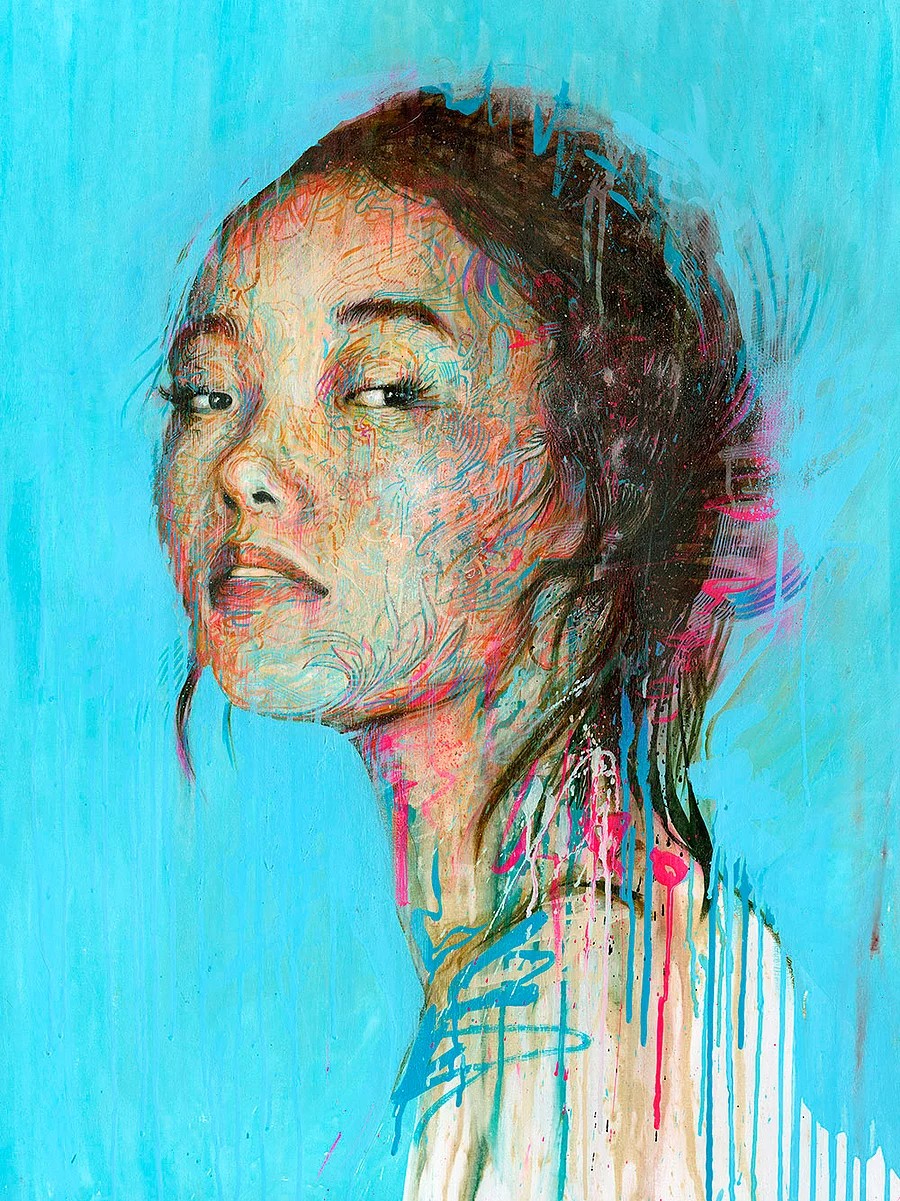

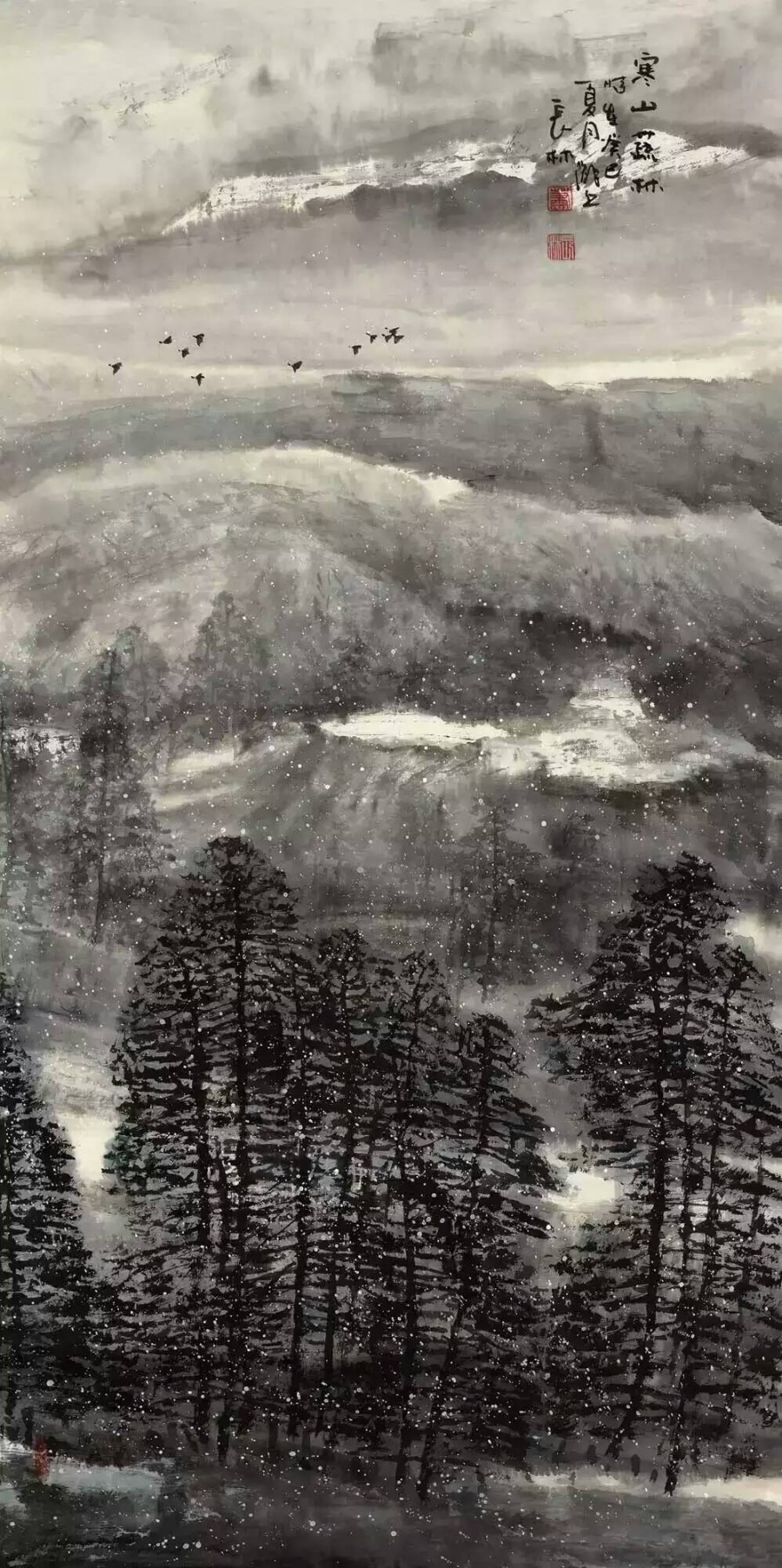

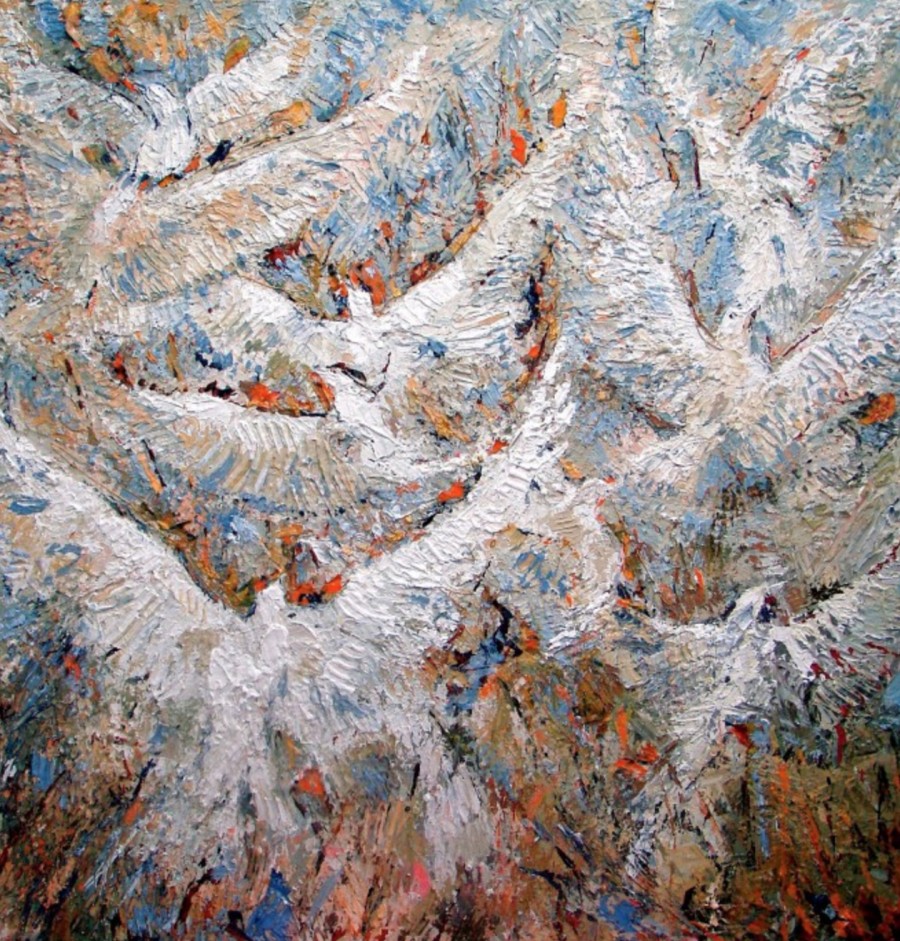

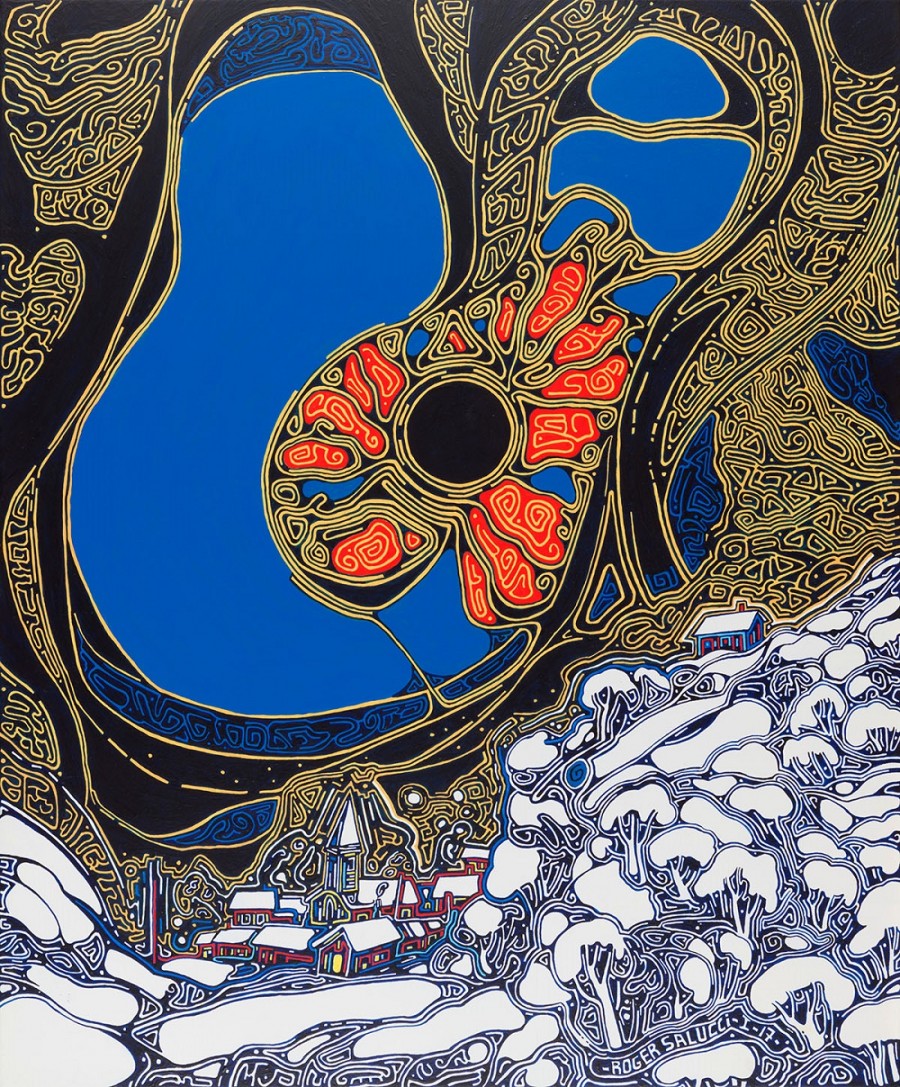

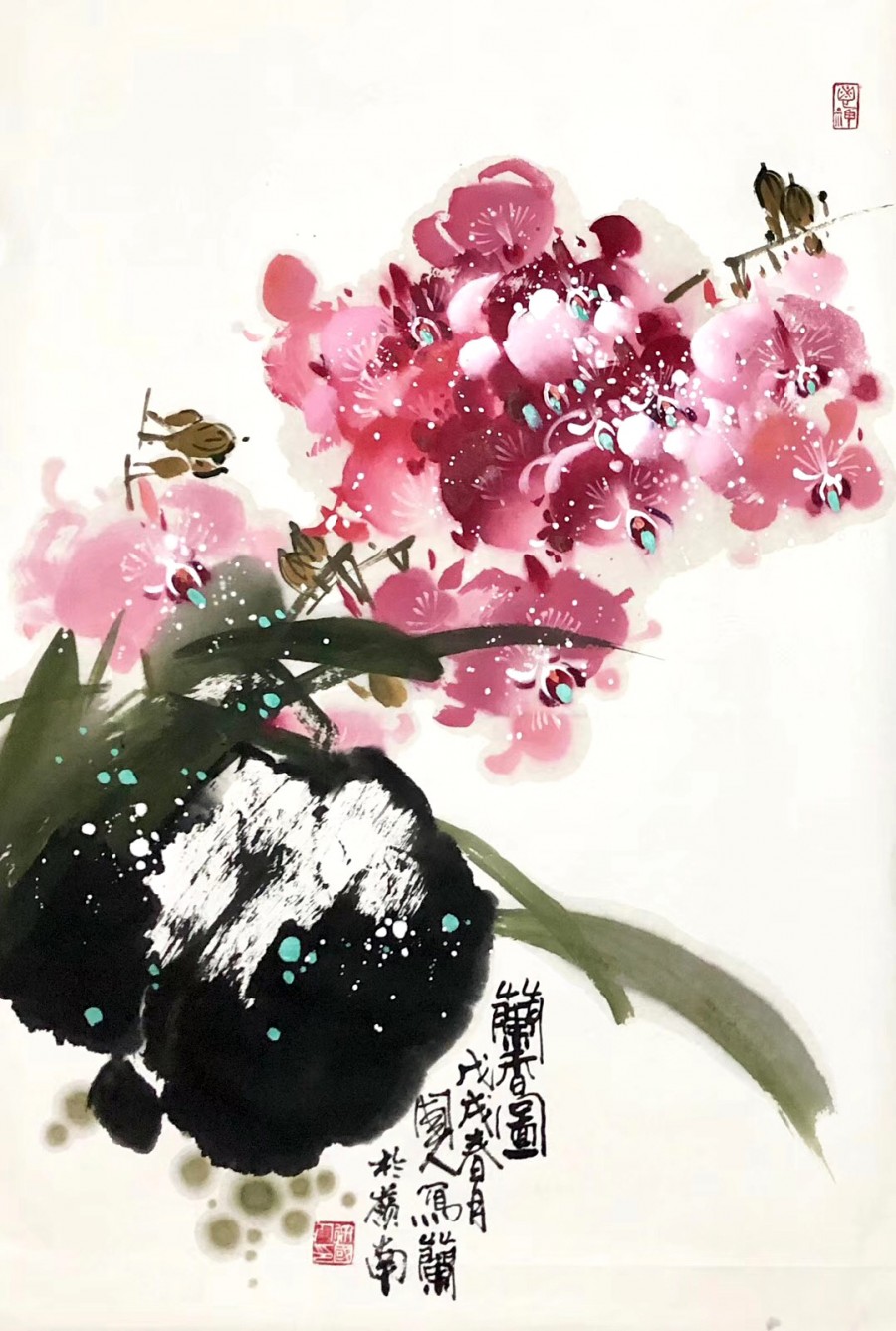



Comments